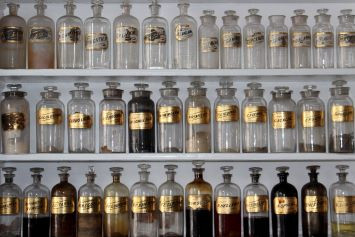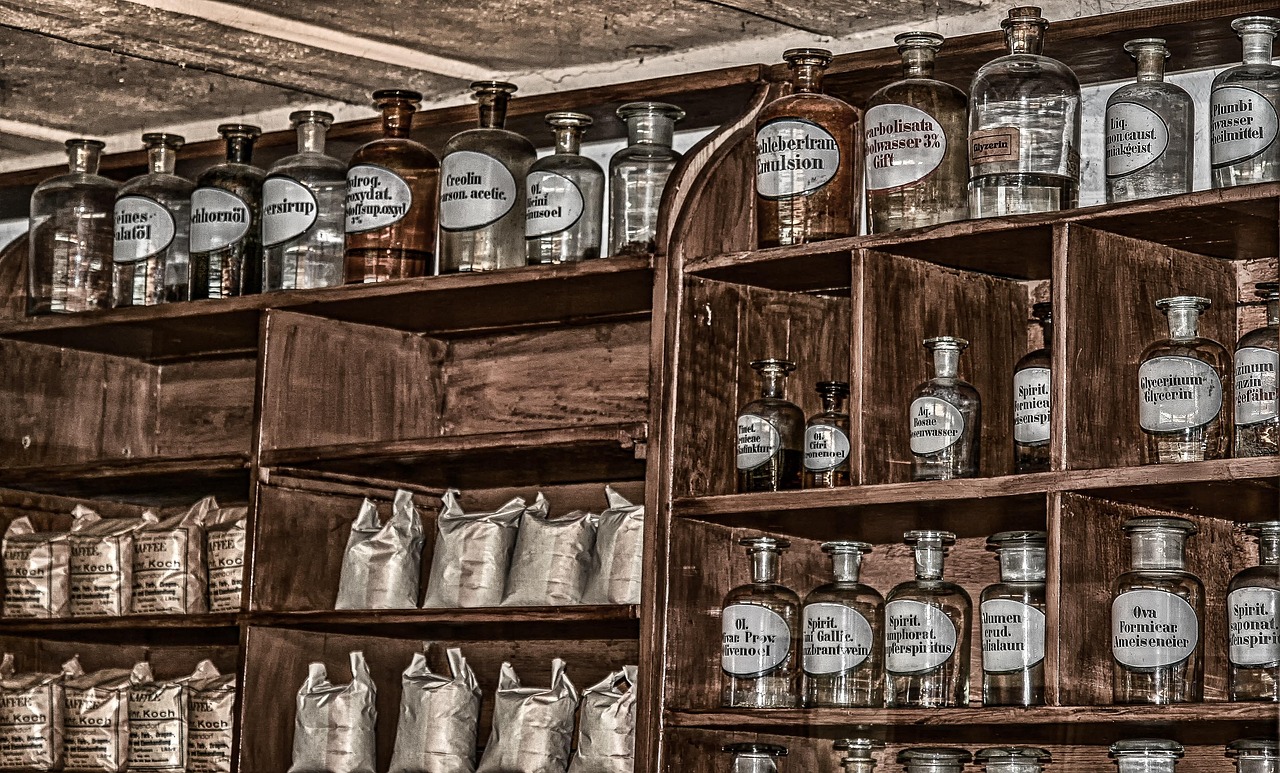
The first part of this overview considered terms “medicinal product”, “drug”, “pharmaceutical product”, “substance”, “active substance”, and “active ingredient”.
This part includes terms that are related to the manufacturing process and are defined through their role in manufacturing. That is, from starting materials / ingredients to the finished product / dosage form.
Actually, the main difference between “drug” and “drug product” is that “drug” is an umbrella term and “drug product” is a final result of the manufacturing process. At the manufacturing site, active substance / drug substance (active ingredient, or active pharmaceutical ingredient) and other starting materials (additives and/or excipients) are mixed and processed to produce drug product (FDA) / finished product (EMA) / finished pharmaceutical product (WHO).
Let’s take a look at the definitions. We will start with the WHO glossary this time.
Drug substance (DS)
The active pharmaceutical ingredient and associated molecules that may be subsequently formulated, with excipients, to produce the drug product. Any substance or mixture of substances intended to be used in the manufacture of a drug (medicinal) product and that, when used in the production of a drug, becomes an active ingredient of the drug product. Such substances are intended to furnish pharmacological activity or other direct effect in the diagnosis, cure, mitigation, treatment, or prevention of disease or to affect the structure and function of the body.
Note that “drug substance” is defined through it’s relation to the manufacturing process, not just properties of the substance. Also, this WHO glossary suggests abbreviations that are legitimate, but are not widely used in the industry.
It is important to remember that drug substance is a product that is approved and marketed, almost as the drug product. The same term is used in the US and defined in the CFR:
Drug substance is an active ingredient that is intended to furnish pharmacological activity or other direct effect in the diagnosis, cure, mitigation, treatment, or prevention of disease or to affect the structure or any function of the human body, but does not include intermediates used in the synthesis of such ingredient.
The term drug substance is also used with the same meaning in the European Union.
Now to:
Drug product (DP)
A pharmaceutical product type that contains a drug substance, generally in association with excipients. This refers to a dosage form in the final immediate packaging intended for marketing.
Finished pharmaceutical product (FPP)
A finished dosage form of a pharmaceutical product that has undergone all stages of manufacture, including packaging in its final container and labelling.
Note that definitions of both “drug product” and FPP include the packaging and labelling.
What about EMA? Directive 2001/83/EC uses terms finished product / finished medicinal product, although there is no formal definition. From the context, these terms are synonyms to “drug product” above.
Excipient is defined by Directive 2001/83/EC as:
any constituent of a medicinal product other than the active substance and the packaging material
FDA uses the term “Drug product” and provides a definition in the Glossary of Terms:
Drug product:
The finished dosage form that contains a drug substance, generally, but not necessarily in association with other active or inactive ingredients.
You can also find a similar definition of ‘drug product’ in the Code of Federal Regulations (CFR 21):
Drug product means a finished dosage form, for example, tablet, capsule, solution, etc., that contains an active drug ingredient generally, but not necessarily, in association with inactive ingredients. The term also includes a finished dosage form that does not contain an active ingredient but is intended to be used as a placebo.
Note that the definition from CFR mentions placebo, and for a good reason. As said above, “drug product” refers to results of a manufacturing process, whether it contains an active ingredient or not.
According to Directive 2001/83/EC, starting materials include active substance (or substances), excipients, and packaging materials. The FDA equivalent of “active substance” is “active ingredient”:
Active Ingredient
An active ingredient is any component that provides pharmacological activity or other direct effect in the diagnosis, cure, mitigation, treatment, or prevention of disease, or to affect the structure or any function of the body of man or animals.
Definition from CFR 21 is basically the same:
Active ingredient means any component that is intended to furnish pharmacological activity or other direct effect in the diagnosis, cure, mitigation, treatment, or prevention of disease, or to affect the structure or any function of the body of man or other animals. The term includes those components that may undergo chemical change in the manufacture of the drug product and be present in the drug product in a modified form intended to furnish the specified activity or effect.
CFR 21 also includes an interesting term “component”:
Component means any ingredient intended for use in the manufacture of a drug product, including those that may not appear in such drug product.
Note that this component might not be present in the finished product.
In the context of manufacturing, the “active ingredient” / ‘active substance” can also be called “active pharmaceutical ingredient” (API). This term is used by both FDA and WHO.
Definition of active pharmaceutical ingredient by FDA:
Any substance that is represented for use in a drug and that, when used in the manufacturing, processing, or packaging of a drug, becomes an active ingredient or a finished dosage form of the drug. Such substances are intended to furnish pharmacological activity or other direct effect in the diagnosis, cure, mitigation, treatment or prevention of disease, or to affect the structure and function of the body of humans or other animals. APIs include substances manufactured by processes such as (1) chemical synthesis; (2) fermentation; (3) recombinant DNA or other biotechnology methods; (4) isolation/recovery from natural sources; or (5) any combination of these processes.
Definition of active pharmaceutical ingredient by WHO:
A raw material, intermediate or an API that is used in the production of an API and that is incorporated as a significant structural fragment into the structure of the API. An API starting material can be an article of commerce, a material purchased from one or more suppliers under contract or commercial agreement or produced in-house.
The last part of this series covers the terms “dosage form” (as compared to “formulation”), “medical product”, “medication”, “healthcare product”, and, finally, “medicine”. Stay tuned 😊.
💡 Want to know more about drug products, their mechanisms of action, effects and administration? Enroll into Pharmacology for Translators and Interpreters (II Edition), an expert course by Ekaterina Chashnikova, author of this article.





